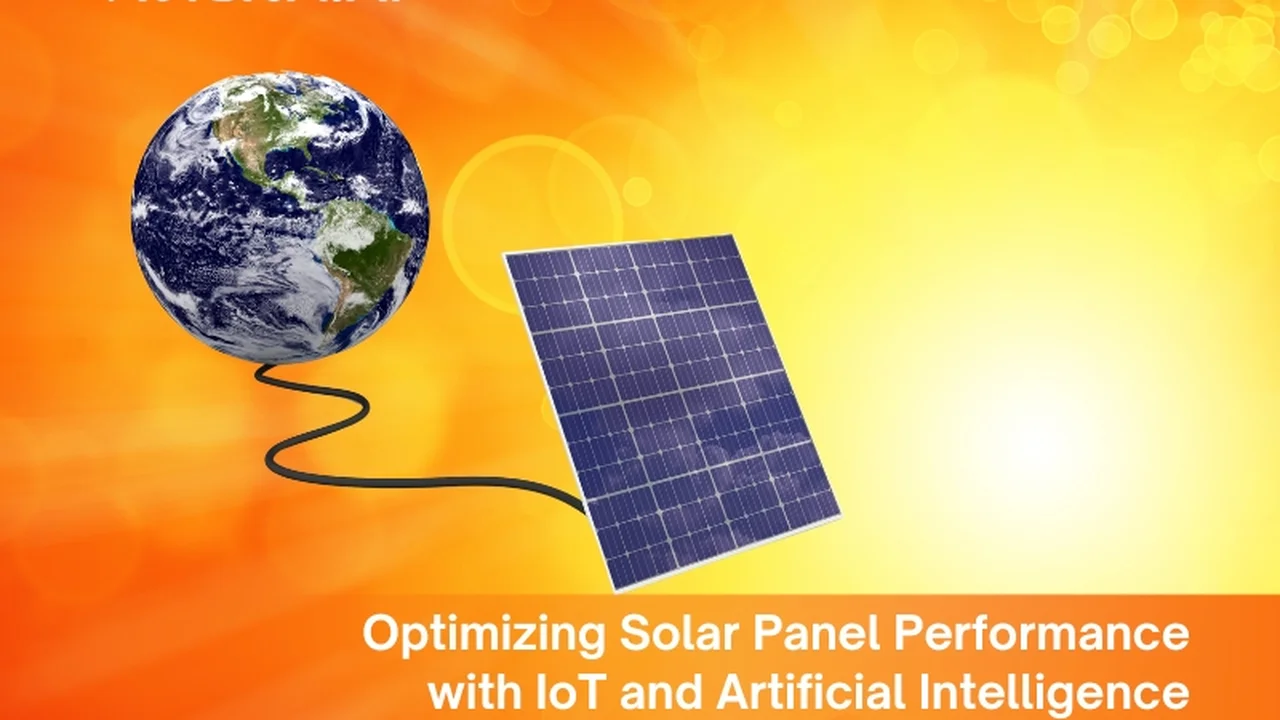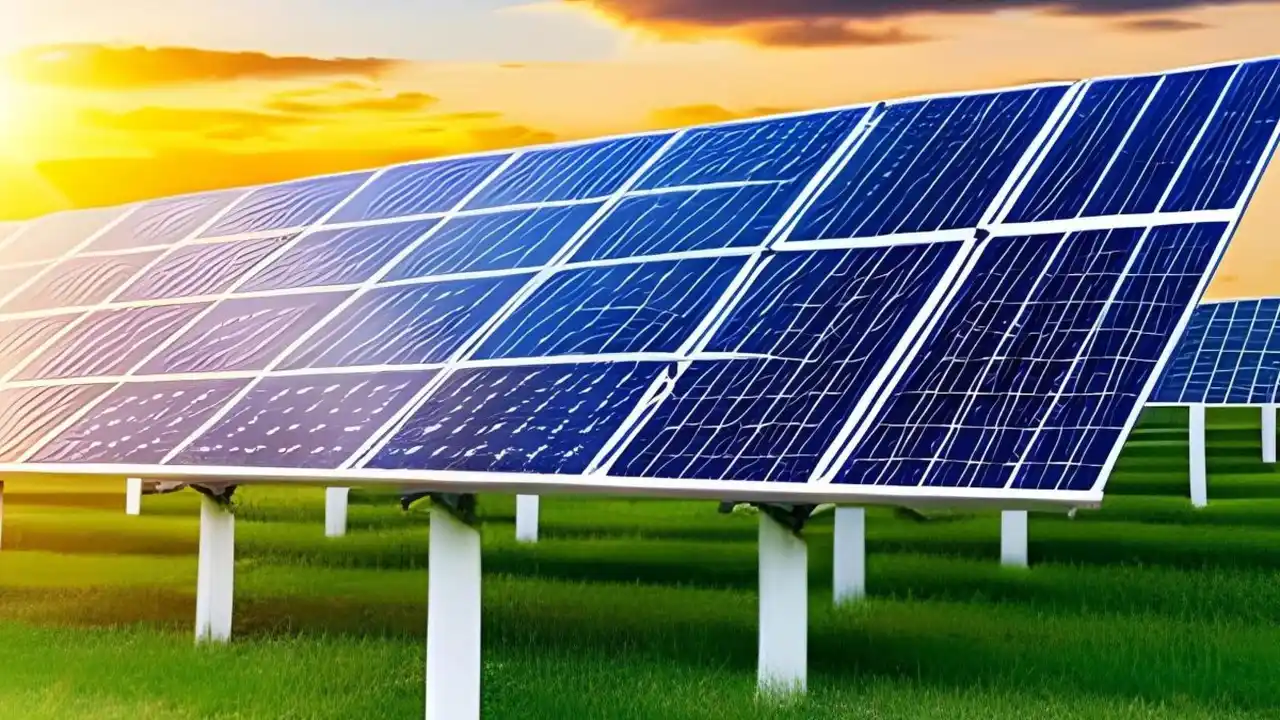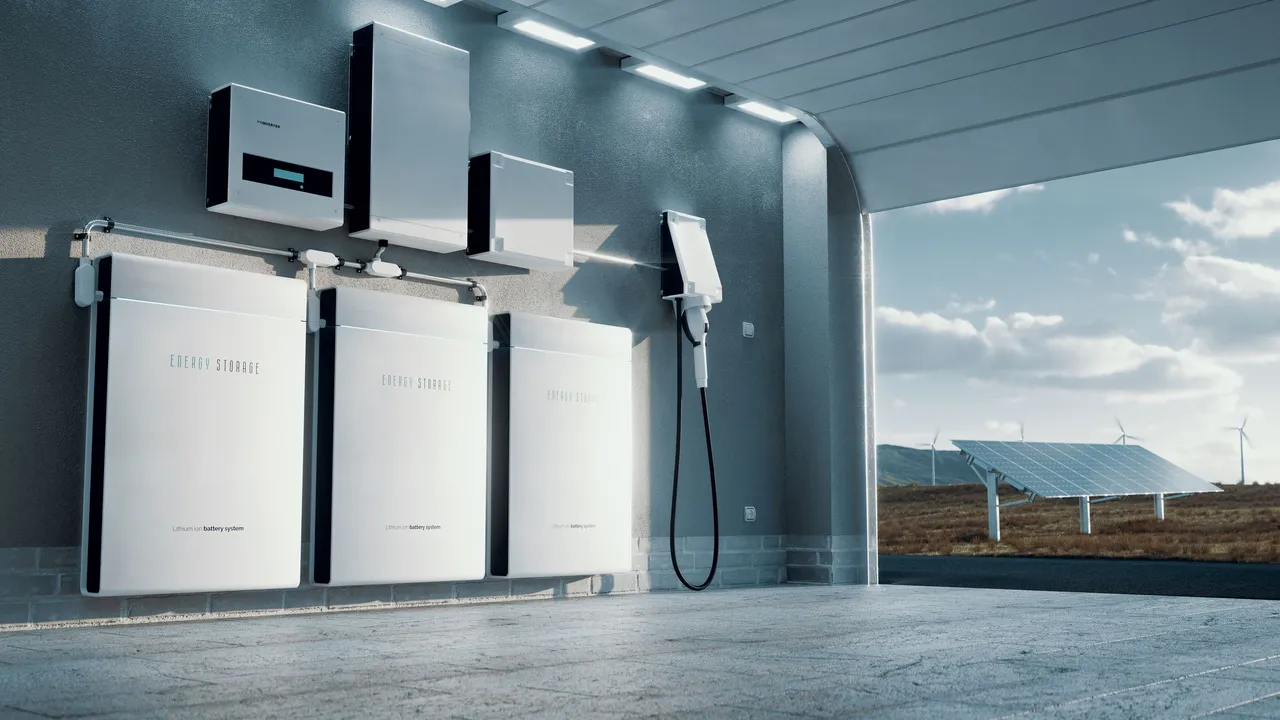Solar Panel and Energy Storage: Cost-Benefit Analysis

Understanding the Basics Solar Panels Energy Storage and Why They Matter
Alright, let's dive into the world of solar panels and energy storage. You know, that whole "powering your life with sunshine" thing? It's not just a hippie dream anymore; it's becoming seriously mainstream. But before you empty your wallet and climb onto your roof, let's break down the costs and benefits. We're talking real numbers, real-world scenarios, and whether it's actually worth it for you.
Solar panels, at their core, are pretty simple. They're like tiny energy collectors that convert sunlight into electricity. Energy storage, usually in the form of batteries, is where things get interesting. It's like having a backup generator that runs on sunshine, allowing you to use solar power even when the sun isn't shining. Think cloudy days, nighttime, or even just those peak demand hours when the grid is straining.
Why does this matter? Well, for starters, it's about reducing your carbon footprint. We all want to be a little greener, right? But it's also about saving money. Imagine saying goodbye to those sky-high electricity bills. And, in some cases, it's about energy independence. Being less reliant on the grid can be a huge advantage, especially during power outages or in areas with unreliable electricity.
Calculating the Initial Costs Solar Panel Installation and Battery Systems
Okay, let's talk money. The upfront costs of solar panels and energy storage can be a bit of a shock. But don't run away screaming just yet. There are ways to make it more affordable, and the long-term savings can definitely outweigh the initial investment.
First, the solar panels themselves. The cost depends on several factors, including the size of your system (how much electricity you need), the type of panels you choose, and the complexity of the installation. Expect to pay anywhere from $3 to $5 per watt installed. So, a 5kW system (which is pretty common for a typical home) could cost between $15,000 and $25,000 before incentives.
Then there's the energy storage. Batteries are a significant expense. Lithium-ion batteries, which are the most common type for home energy storage, can cost anywhere from $7,000 to $15,000 or more, depending on their capacity. You'll also need an inverter to convert the DC power from the batteries to AC power for your home, adding another $1,000 to $3,000 to the bill.
Don't forget about installation costs! Hiring a qualified solar installer is crucial. They'll handle everything from designing the system to getting the necessary permits to connecting it to the grid. Installation costs can vary widely, but expect to pay several thousand dollars.
Maximizing Solar Panel Energy Savings Understanding Incentives Rebates and Tax Credits
Here's the good news: you don't have to pay full price! Governments and utilities offer a variety of incentives to encourage people to go solar. The most significant is the federal solar tax credit, which currently allows you to deduct 30% of the cost of your solar system from your federal taxes. This can save you thousands of dollars!
Many states and local governments also offer rebates, tax credits, and other incentives. These can vary widely, so it's important to do your research. Check with your state energy office or your local utility company to see what's available in your area. Net metering is another great way to save money. This allows you to sell excess solar energy back to the grid for credit on your electricity bill.
For example, California has some of the most generous solar incentives in the country, including the Self-Generation Incentive Program (SGIP), which provides rebates for energy storage systems. New York also offers a state tax credit for solar, as well as various utility rebates.
Analyzing Long Term Financial Benefits Reduced Electricity Bills and Increased Home Value
Okay, so you've swallowed the initial cost pill. Now let's talk about the long-term benefits. The most obvious is reduced electricity bills. Once your solar panels are up and running, you'll be generating your own electricity, which means you'll be paying less to the utility company. How much less? That depends on how much electricity you use, the size of your solar system, and the amount of sunlight you get. But in many cases, you can cut your electricity bill in half, or even eliminate it altogether!
Another benefit is increased home value. Studies have shown that homes with solar panels sell for more than comparable homes without solar panels. Buyers are willing to pay a premium for a home that comes with built-in energy savings. A recent study by Zillow found that homes with solar panels sell for an average of 4.1% more than comparable homes without solar panels.
And don't forget about the environmental benefits. By using solar power, you're reducing your reliance on fossil fuels and helping to combat climate change. You can feel good about doing your part to protect the planet.
Choosing the Right Solar Panels and Energy Storage Solutions Top Products and Their Features
So, you're ready to take the plunge? Great! But with so many solar panels and energy storage systems on the market, how do you choose the right ones for you?
Solar Panels:
- LG NeON 2: These are high-efficiency panels with excellent performance in low-light conditions. They're a bit more expensive, but they're worth it if you want the best possible performance. Expect to pay around $4 per watt.
- Panasonic EverVolt: Similar to LG, Panasonic offers high-quality, high-efficiency panels with a long warranty. They're known for their durability and reliability. Price is also around $4 per watt.
- REC Alpha Series: These panels offer a good balance of performance and price. They're not quite as efficient as LG or Panasonic, but they're still a solid choice. You can find them for around $3.50 per watt.
Energy Storage:
- Tesla Powerwall: The Powerwall is one of the most popular energy storage systems on the market. It's sleek, reliable, and easy to use. It has a capacity of 13.5 kWh and can provide backup power for your entire home. Expect to pay around $11,500 installed. Ideal for whole-home backup and daily cycling.
- LG Chem RESU: LG Chem is a major player in the battery industry, and their RESU energy storage systems are known for their performance and reliability. They offer a variety of sizes to fit different needs. Prices vary depending on the capacity, but expect to pay around $10,000 for a 10 kWh system. Great for pairing with LG solar panels and for time-of-use arbitrage (charging during off-peak hours and using stored energy during peak hours).
- Enphase Encharge: Enphase is best known for their microinverters, but they also offer a line of energy storage systems. The Encharge batteries are modular, so you can easily add more capacity as needed. They're also compatible with Enphase microinverters, which makes installation easier. Prices start around $7,000 for a 3.4 kWh unit. Best for homes already using Enphase microinverters and for those who want a scalable system.
Comparing Solar Panel and Energy Storage Options Evaluating Performance Warranty and Cost
Let's break down the pros and cons of each option a bit further.
LG NeON 2 vs. Panasonic EverVolt: These two are very similar in terms of performance and price. The main difference is brand preference. Both offer excellent warranties (typically 25 years for performance and workmanship). Consider which brand you trust more or which installer offers a better deal on one or the other.
REC Alpha Series: These are a good option if you're looking to save a bit of money without sacrificing too much performance. They still offer a long warranty, but their efficiency is slightly lower than LG or Panasonic.
Tesla Powerwall vs. LG Chem RESU vs. Enphase Encharge: This is where things get more interesting. The Powerwall is the most well-known and arguably the most user-friendly. It's also a good choice if you want whole-home backup. However, it can be more expensive than the other options.
The LG Chem RESU is a great option if you're already using LG solar panels or if you want to take advantage of time-of-use arbitrage. It's also known for its long lifespan.
The Enphase Encharge is a good choice if you're already using Enphase microinverters or if you want a scalable system. It's also a good option if you have limited space, as the batteries are relatively small and can be mounted on a wall.
Real World Scenarios Solar Power for Homes Businesses and Off Grid Living
Let's look at some real-world scenarios to see how solar panels and energy storage can benefit different types of people.
Homeowners: For homeowners, solar panels and energy storage can mean lower electricity bills, increased home value, and energy independence. Imagine powering your home with sunshine and never having to worry about a power outage. Plus, you're doing your part to protect the environment.
Businesses: For businesses, solar panels and energy storage can mean lower operating costs, a more sustainable image, and a competitive advantage. Imagine reducing your electricity bills and attracting customers who are looking for eco-friendly businesses.
Off-Grid Living: For those living off-grid, solar panels and energy storage are essential. They provide a reliable source of electricity in areas where there is no access to the grid. Imagine living in a remote cabin and powering your entire life with sunshine.
Installation and Maintenance Tips Ensuring Optimal Performance and Longevity
Once you've chosen your solar panels and energy storage system, it's important to have them installed correctly and maintain them properly to ensure optimal performance and longevity.
Installation: Hire a qualified solar installer with experience installing the type of system you've chosen. Make sure they get the necessary permits and follow all safety guidelines.
Maintenance: Solar panels are relatively low-maintenance. You'll need to clean them periodically to remove dirt and debris. You should also have them inspected regularly to check for any damage or wear and tear. Energy storage systems require more maintenance. You'll need to check the battery levels regularly and replace the batteries when they reach the end of their lifespan (typically 5-10 years).
The Future of Solar Energy Storage Innovations and Emerging Technologies
The solar energy and energy storage industries are constantly evolving. New technologies are emerging all the time, making solar power more efficient, more affordable, and more accessible.
Some of the most exciting innovations include:
- Perovskite Solar Cells: These are a new type of solar cell that promises to be more efficient and less expensive than traditional silicon solar cells.
- Solid-State Batteries: These are a new type of battery that is safer, more energy-dense, and longer-lasting than traditional lithium-ion batteries.
- Smart Grids: Smart grids are a more advanced and efficient way to manage electricity distribution. They can help to integrate solar power into the grid more effectively.
The future of solar energy is bright. As technology continues to improve, solar power will become an even more important part of our energy mix.
Addressing Common Concerns Debunking Myths and Misconceptions About Solar Power
There are a lot of myths and misconceptions about solar power. Let's address some of the most common ones.
- Myth: Solar panels don't work on cloudy days. While solar panels do produce less electricity on cloudy days, they still produce some power.
- Myth: Solar panels are too expensive. The cost of solar panels has come down significantly in recent years, and there are a variety of incentives available to help make them more affordable.
- Myth: Solar panels require a lot of maintenance. Solar panels are relatively low-maintenance. You'll need to clean them periodically, but that's about it.
- Myth: Solar panels will damage my roof. When installed properly, solar panels will not damage your roof. In fact, they can even help to protect it from the elements.
Don't let these myths and misconceptions prevent you from considering solar power. It's a clean, affordable, and reliable source of energy that can benefit you and the environment.
Financing Options for Solar Panel and Energy Storage Systems Loans Leases and PPAs
Financing your solar panel and energy storage system is a crucial step. Here are some common options:
- Solar Loans: These are loans specifically designed for solar panel systems. They often have favorable interest rates and terms.
- Solar Leases: With a solar lease, you don't own the solar panels; you lease them from a company. You pay a monthly fee for the electricity they generate.
- Power Purchase Agreements (PPAs): Similar to a lease, with a PPA, you agree to purchase the electricity generated by the solar panels at a fixed price.
Each option has its pros and cons. Loans allow you to own the system and benefit from the federal tax credit, while leases and PPAs require little to no upfront investment but you don't own the system.
DIY vs Professional Installation Weighing the Pros and Cons
While DIY solar panel installation might seem tempting to save money, it's generally not recommended unless you have extensive electrical and roofing experience.
DIY Pros: Lower upfront cost.
DIY Cons: Requires specialized knowledge, potential safety risks, voiding warranties, and difficulty obtaining permits.
Professional Installation Pros: Ensures proper installation, safety, warranty coverage, and assistance with permits.
Professional Installation Cons: Higher upfront cost.
For most homeowners, professional installation is the safer and more reliable option.
:max_bytes(150000):strip_icc()/277019-baked-pork-chops-with-cream-of-mushroom-soup-DDMFS-beauty-4x3-BG-7505-5762b731cf30447d9cbbbbbf387beafa.jpg)






